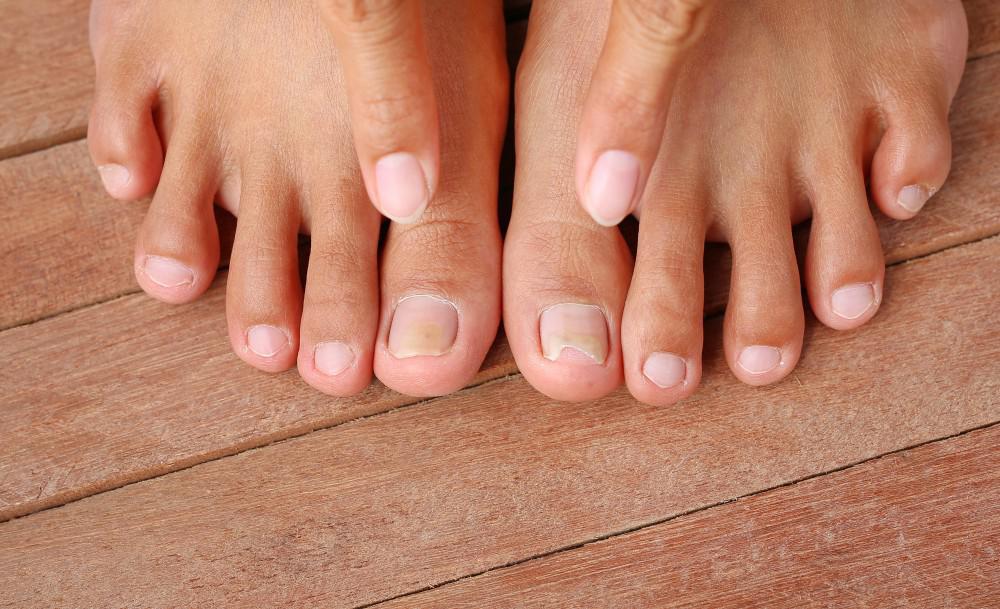If you have ever experienced Athletes Foot (Tinea) you will know just how irritating and itchy the foot can be.
Tinea is an opportunistic infection of the skin. Fungus is generally more common in the summer months when the humidity rises and this condition is easily spread in warm and wet environments.
People with diabetes or a weak immune system are also at increased risk of fungal infections.
Fungal infections can easily spread between individuals and thrives in warm dark moist places, with limited airflow, which makes footwear a perfect breeding ground.
It is commonly found:
-
Amongst soil.
-
In communal showers and change rooms.
-
Around public swimming pools & spas.
-
Throughout carpet fibers.
-
In socks, panty hose and bed linen.
Fungal Infections of the Nails:
Fungal infections in the nails are very common, but unlike tinea they are very difficult to treat, generally having a poor prognosis and high re-occurrence rate.
The most common fungus to infect the toenails, is usually caused by Trichophyton rubrum, which invades the nail bed and under the nail plate.
Classification of Fungal Nails:
-
Distal subungual onychomycosis (DSO) is the most common form, which gets in under the tip of the nail.
-
White superficial onychomycosis (WSO) appears as white chalky lines on top of the nail and is present in 10% of fungal cases. It needs to be distinguished from “keratin granulations” , a reaction to nail polish that is not a fungal infection.
-
Proximal subungual onychomycosis (PSO) is not common in the healthy population. It usually affects those who are immune-compromised and forms at the base of the nail.


